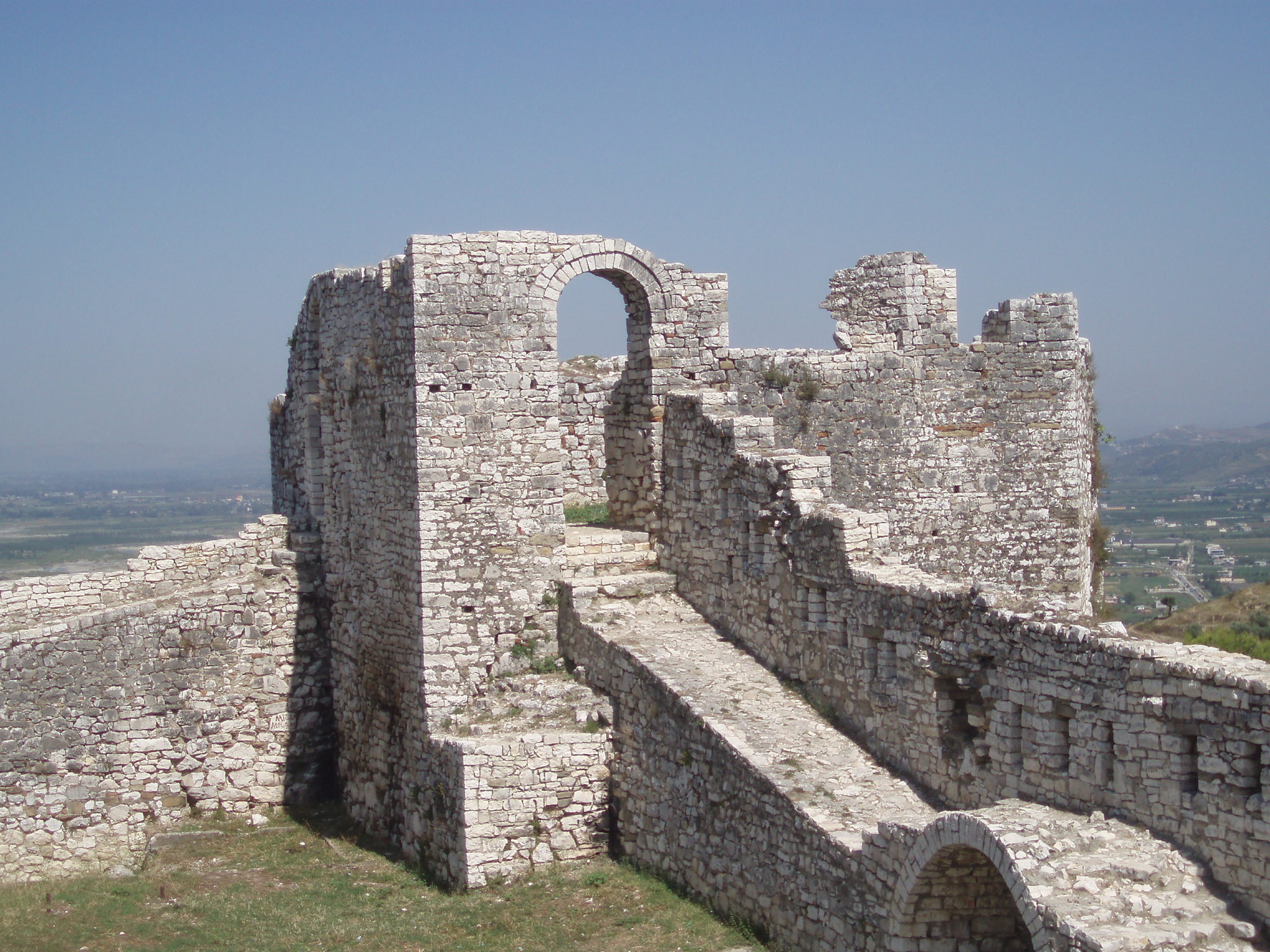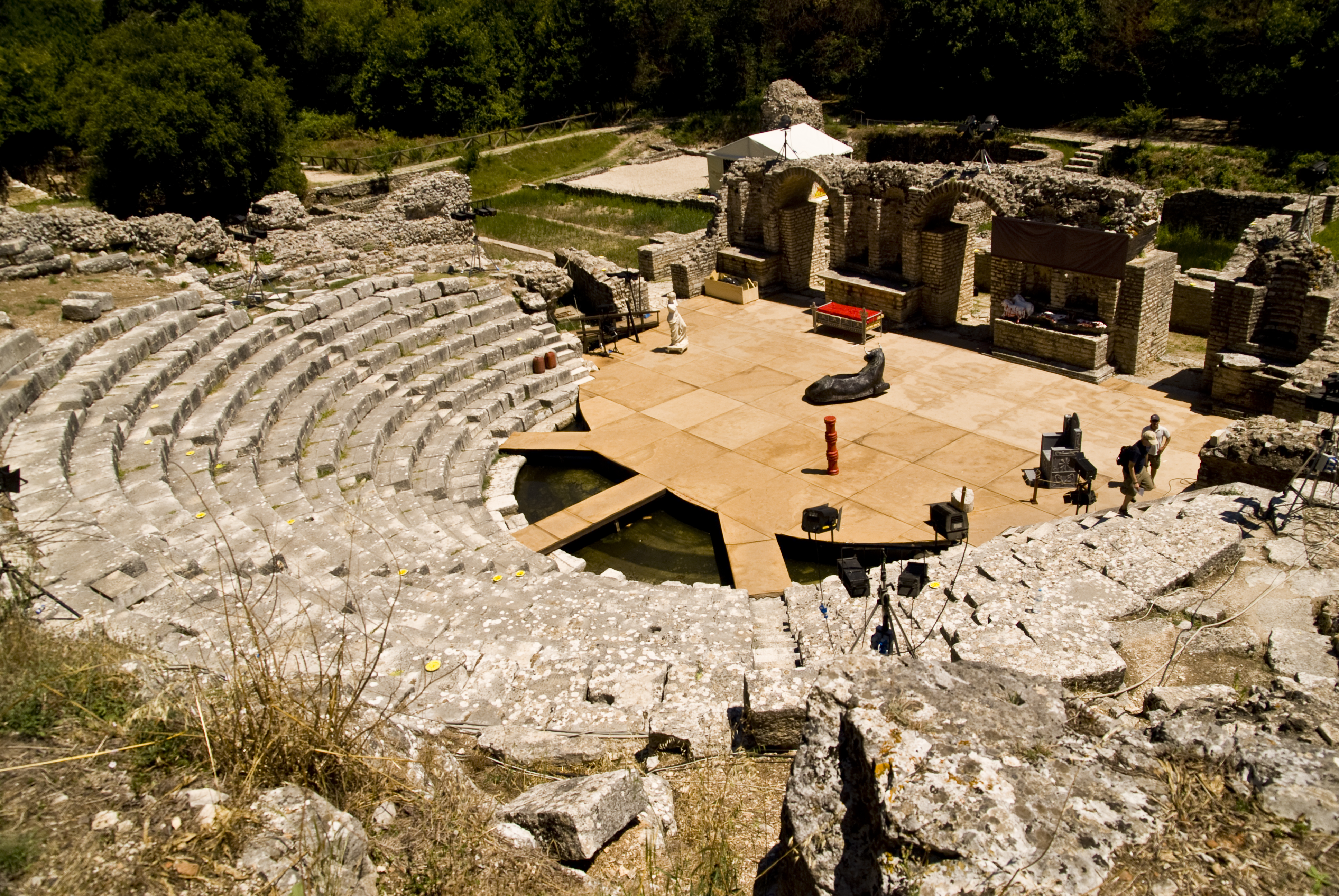The most important Cultural Heritage sites of Albania, are enlisted on the World Heratige list of UNESCO World Heritage Convention. Berat and Gjirokastra are inscribed as rare examples of an architectural character typical of the Ottoman period. Located in central Albania, Berat bears witness to the coexistence of various religious and cultural communities down the centuries. It features a castle, locally known as the Kala, most of which was built in the 13th century, although its origins date back to the 4th century BC. The citadel area numbers many Byzantine churches, mainly from the 13th century, as well as several mosques built under the Ottoman era which began in 1417. Gjirokastra, in the Drinos river valley in southern Albania, features a series of outstanding two-story houses which were developed in the 17th century. The town also retains a bazaar, an 18th-century mosque and two churches of the same period. On the other side, Inhabited since prehistoric times, Butrint has been the site of a Greek colony, a Roman city and a bishopric. Following a period of prosperity under Byzantine administration, then a brief occupation by the Venetians, the city was abandoned in the late Middle Ages after marshes formed in the area. The present archaeological site is a repository of ruins representing each period in the city’s development.
UNESCO Routes
Back UNESCO Routes
Points of interest


Gorica Bridge
One of the most beautiful Ottoman bridges in the Balkan region connecting the city with the neighborhood of the same name is Bridge of Gorica.
...

Berat Castle
The monument “Church of Labova e Kryqit” is one of the most interesting monuments in Albania dedicated to St. Mary. You go there following the high...


Butrint
Located 18 kilometres (11 mi) south of Sarada, Butrint National Park encompasses 9,424 hectares (94.24 km2) of hilly terrain w...


Gjirokastra Area
The old town of Gjirokastra is famous for being a well-preserved city of authentic architecture and its fortress overlooking the entire city, the o...
